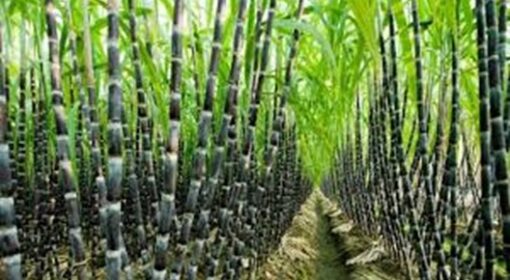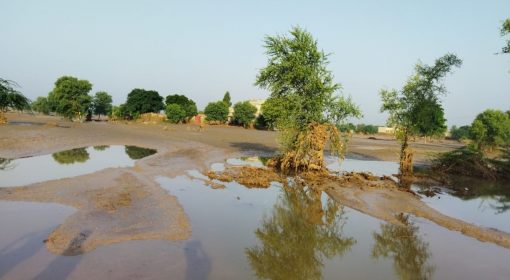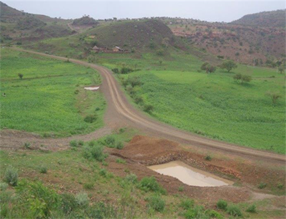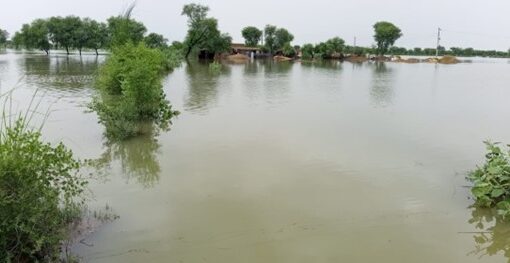By Muhammad Rahmatullah Khan (Water Resources Specialist)
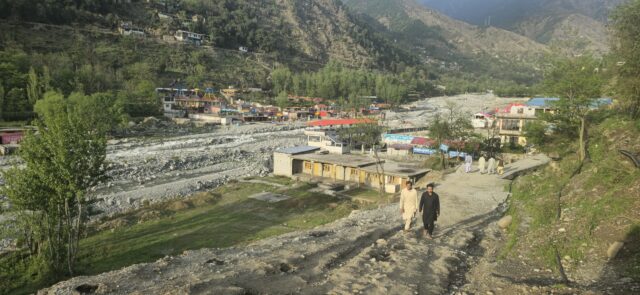
Postcard from Shanko Gujar Barn and Utror Kalam, in the upper catchment of the Swat Valley, Pakistan. This used to be ‘little Swiss’, a land of milk and honey, of fish and greenery with the beautiful Swat River fed by snowmelt winding its way down. But it is now in state of full collapse. Alarming ecological degradation caused by unauthorized human activities threaten the environment and the safety of downstream communities.
In Chail, the uncontrolled extraction of granite boulders from erosion-prone slopes has undermined the region’s natural structural balance. These granite outcrops are not random rock formations — they historically served as geotechnical anchors, reinforcing the soil-based mountain masses and preventing erosion, slippage, and mass movement.
The granite bodies in these hills acted like natural retaining structures, integrated with the vegetative cover to support slope stability over centuries. However, their removal for commercial mining has destabilized the hillsides, stripped the natural slope resistance, and triggered conditions conducive to landslides, debris flows, and channel siltation.
During the 2022 floods, the consequences became visible: massive rock debris surged through Chail’s waterways, altering river morphology, widening streambeds, and drastically increasing sediment loads. It wiped away productive land use, such as the many trout hatcheries along the river. These were not normal hydrological events or one in hundred year floods: they were the outcome of anthropogenic destabilization in the upper catchments. In recent months (mid-2024 to mid-2025), the Swat Valley has experienced an alarming increase in high flood events. Unseasonal torrential rainfall and accelerated glacial melt — driven by rising regional temperatures — but also a heavily disturbed landscape – have caused the Swat River to swell beyond capacity multiple times, resulting in widespread destruction. Infrastructure such as bridges, roads, and irrigation channels has been washed away, while several villages have been left isolated.
These floods are no longer limited to the monsoon season; they are becoming more frequent and unpredictable throughout the year. This hydrological shift signals a serious environmental imbalance — a consequence of both climate change and the degradation of upstream natural buffers.
Moving toward Utror, the threat takes another form: widespread deforestation. Once covered in dense, native forest, Utror’s slopes provided critical ecosystem services — including water retention, root-matrix slope support, and biodiversity preservation. Today, those trees are being felled — often illegally — for timber, fuel, and road clearance. The removal of vegetative cover has exposed fragile soils, disrupted local microclimates, and eliminated the root systems that stabilized entire slopes. The result is a landscape now highly vulnerable to surface erosion, flash floods, and shallow landslides, especially during snowmelt and monsoon seasons.
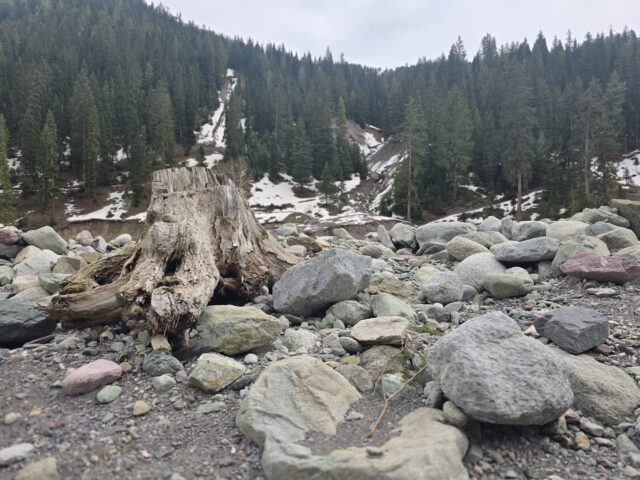
Local communities report that such frequent and intense slope failures were previously unheard of — signaling that the balance of nature is shifting under human pressure.
All this environmental sensitivity is compounded because the Kalam area remains digitally isolated. There is no PTCL or reliable internet access, cutting communities off from real-time communication, disaster alerts, and environmental monitoring. In today’s world, this lack of digital infrastructure poses a serious obstacle to both resilience and development.
This is an urgent call for action. If left unchecked, these trends will push Swat’s upper highlands toward irreversible ecological collapse. The government, civil society, and local communities must take urgent action to:
- Immediately halt granite mining in Chail (Shanko Gujar Barn)
- Implement large-scale afforestation and slope stabilization measures in Utror
- Restore digital connectivity in Kalam and surrounding valleys
- Enforce strict land-use regulations and ecological zoning
Swat’s mountains are more than beautiful landscapes — they are fragile ecological systems with deep hydrological and geological significance. But today, due to unmanaged resource extraction and negligence, they are under acute threat. What’s happening in Chail and Utror is a warning. We must act — not later, but now — to restore balance before disaster becomes the new normal.
